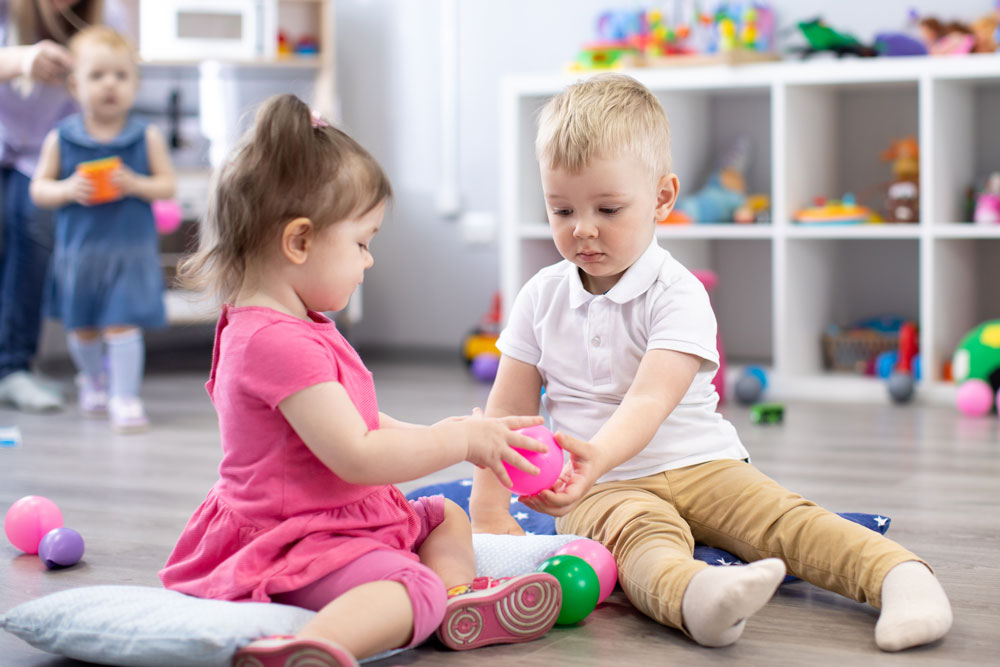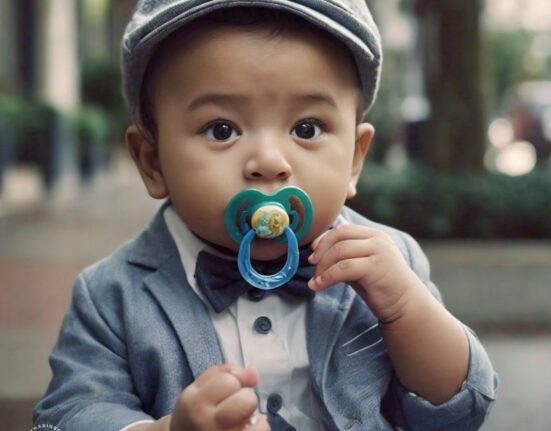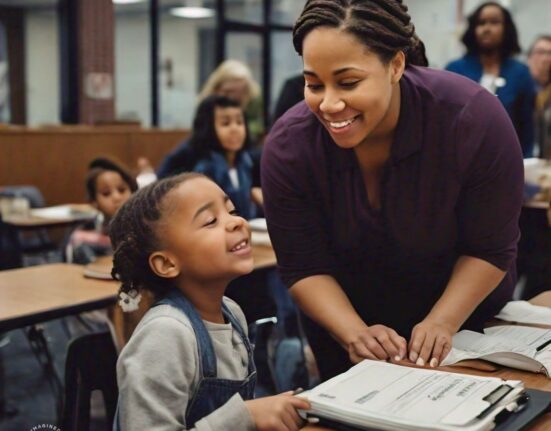Prominent developmental theorists have argued that peer interactions are crucial for children’s cognitive and social-emotional development. Lev Vygotsky posited that children develop cognitive skills by interacting with more advanced peers and adults who are capable of demonstrating skills that are too advanced for the child to hold, however through interactions with more mature and knowledgeable adults and advanced peers, children gradually internalize the steps of more advanced problem solving that they would not have been able to acquire in the absence of such social interactions. Vygotsky’s most valuable contribution to developmental psychology was the concept of “zone of proximal development” (ZPD), which is that zone of problem-solving that is only accessible to the child with adult’s help. Interactions occurring inside ZPD eventually become internalized by the child.
Another prominent developmental theorist (and a father of three children), Jean Piaget, argued that peers of equal status and abilities provide children with unique opportunities to learn and practice cognitive skills. When peers of equal ability solve problems together, they must learn to understand each other to reach a solution favorable to both sides. Research has clearly demonstrated the benefits of joint interactions with peers for school-age children’s problem solving skills.
Regarding preschoolers, the situation is more complex. Research suggests that preschool children have many skills that are necessary for cooperative problem solving, however some other studies have shown that preschoolers do not learn about tasks and problem solving strategies from cooperative interactions to the same degree that school-age children do.
One of the older studies looked at whether task performance increased when working with a peer vs. working individually. In this study, five-year-old children were asked to build an exact copy of a Lego model of a house, which required children to represent spatial relations mentally and break a complex structure into its parts. When two children of the same ability worked together (i.e., two novices or two experts), their building accuracy did not improve from the cooperative interactions. Even though the dyads engaged in discussions, disagreements and conflicts about the task, there was no difference between dyads or children working alone on individual posttests of building accuracy.
Other studies have clarified the potential benefit for preschoolers from cooperative interactions with peers – only those children who shared responsibility and worked closely with their partner learned about the task from the dyadic interaction. Simply working with a partner of the same age and ability level did not influence children’s understanding of the task, but working closely and sharing responsibility with a partner improved task knowledge. Another important addition – the task must be exciting and enjoyable for both peers.
Practical conclusions from literature on effects of cooperation between children are as follows:
Your preschooler will probably increase his or her problem-solving skills if they are allowed to interact closely and share responsibility with a peer during an exciting task! If, for some reason, you do not see positive effects of cooperation, maybe the children were not really working that closely and perhaps sharing of responsibilities did not occur. Or perhaps, the task was not so interesting for one (or both!) of them.






